Filipino food is a love letter to contrast. Every meal is a balancing act between salty, sour, sweet and umami notes. While each region has its own dishes and traditions, the same pantry staples keep appearing on the table. From tangy dipping sauces to fragrant stews, a handful of savory ingredients give Filipino cuisine its signature complexity. This guide dives into ten of the most important and explains how they work their magic in the kitchen.
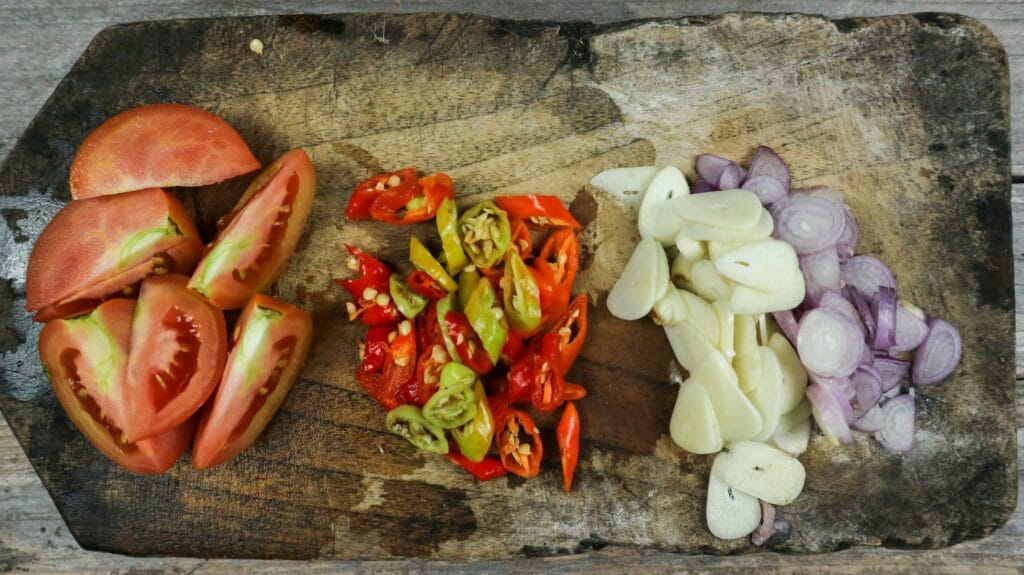
In the world of Filipino cooking, these Top 10 Filipino Savory Staples are more than pantry items; they’re markers of a national narrative. Each staple has a story that speaks to centuries of trading, colonial history and cultural exchange, yet you’ll find them today in the humblest sari‑sari store and the fanciest bistro. Knowing them by name is the first step toward understanding why Pinoy food tastes the way it does.
As we unpack the Top 10 Filipino Savory Staples, think of them as characters in a culinary play—each one contributes a unique flavour or texture that, when combined, creates the complexity Filipinos love. They aren’t exotic for the sake of being exotic; they’re everyday essentials that help home cooks balance saltiness, sweetness, sourness and umami with ease. Read on and find out how these staples work together to build dishes that are both comforting and exciting.
Before we savour the details, here is a quick look at the ingredients and the roles they play:
| Ingredient | What it Adds | Typical Dishes |
|---|---|---|
| Soy Sauce (Toyo) | Salty, Umami Depth | Adobo, Pancit, Dipping Sauces |
| Vinegar (Suka) | Bright Acidity, Preservation | Adobo, Paksiw, Dips |
| Fish Sauce (Patis) | Salty, Slightly Sweet Umami | Broths, Soups and Stews |
| Fermented Shrimp Paste (Bagoong) | Funky, Savoury Punch | Kare‑Kare, Pinakbet, Dips |
| Calamansi (Green Lemon) | Zesty Citrus Sourness | Toyomansi (Soy‑Calamansi dip), Marinades |
| Coconut milk (Gata) | Creamy Richness | Ginataang Gulay, Bicol Express |
| Garlic & Onion | Aromatic Base | Sautéed Dishes, Bagoong Preparation |
| Lemongrass (Tanglad) | Fresh, Citrusy Aroma | Linat an Soup, Roasted Chicken |
| Annatto (Achuete) | Vibrant Colour, Subtle Earthiness | Kare‑Kare, Annatto Oil |
| Sugar & Black Pepper | Sweet Balance and Mild Spice | Roast Chicken, Tocino Marinades |
Introduced by Chinese traders centuries ago, soy sauce is now a pillar of Filipino cooking. Its salty, umami‑rich flavour and caramel hue season countless dishes. In the Filipino pantry, soy sauce sits alongside vinegar, fish sauce and bagoong as one of the “galaxy of flavour‑adjusters” that deliver the cuisine’s distinctive salty‑umami punch. Soy sauce anchors classic braises like adobo and adds savoury depth to noodles, stir‑fries and dipping sauces. Mix it with calamansi to make toyomansi, a table‑side condiment for grilled meats and fried fish.

Filipino dishes love a sour note. Vinegar provides brightness, balances rich meats and acts as a preservative in tropical weather. Households use different kinds—cane, coconut, palm or sugarcane—but all impart a sharp kick. Vinegar is one of the basic building blocks of Filipino cuisine’s sour‑salty‑sweet profile. It stars in adobo, paksiw (braised fish), pickles and sawsawan dips. Combined with soy sauce or fish sauce, it creates a dipping sauce that each diner can customize to taste.

Made from fermented anchovies or small fish, patis may look like soy sauce but packs a different punch. It is the translucent liquid extracted during seafood fermentationtastingtable.com. In the Philippines, fish sauce is used to enhance the flavour of broths, soups and stews, adding saltiness, umami and a hint of sweetnesstastingtable.com. Its high sodium content means it can substitute for salt in seasoning meattastingtable.com. Patis is also a key component of dipping sauces; mixed with calamansi juice and chiles, it transforms simple grilled meats into addictive bites.
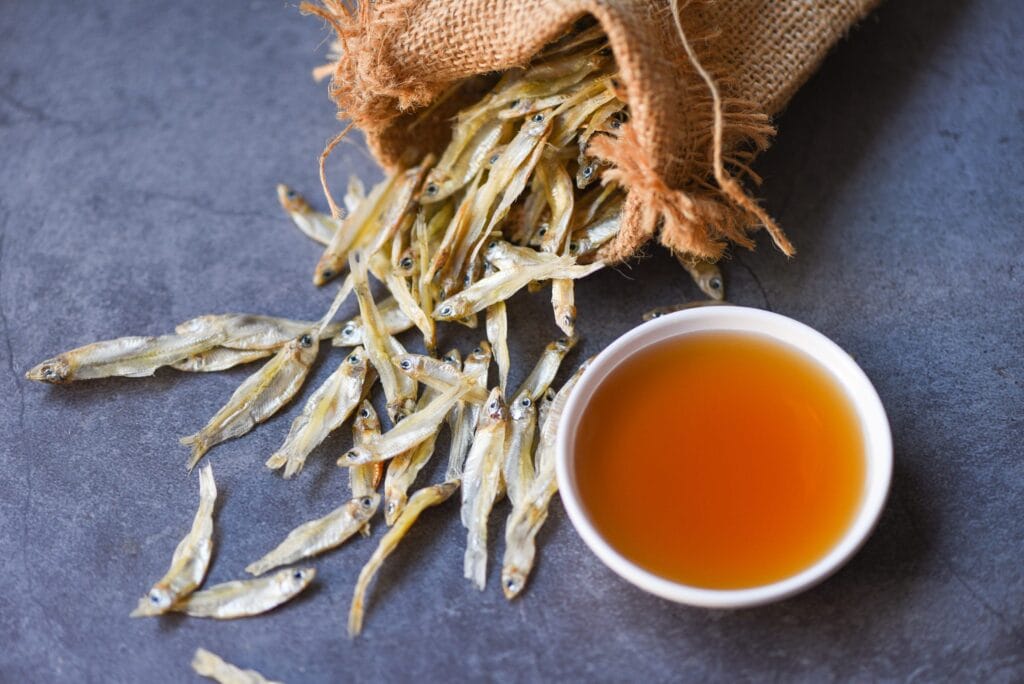
Bagoong is a fermented condiment made from shrimp (alamang) or small fish. When sautéed, it is fried with oil or pork fat and aromatics like garlic, onion and chiles. The result is a dense, savoury paste with a potent smell and deep umami flavour. Bagoong is essential in dishes like kare‑kare (oxtail in peanut sauce), pinakbet (vegetable stew) and binagoongan (pork cooked in shrimp paste). It also appears as a sawsawan, giving diners control over the saltiness of their meal.
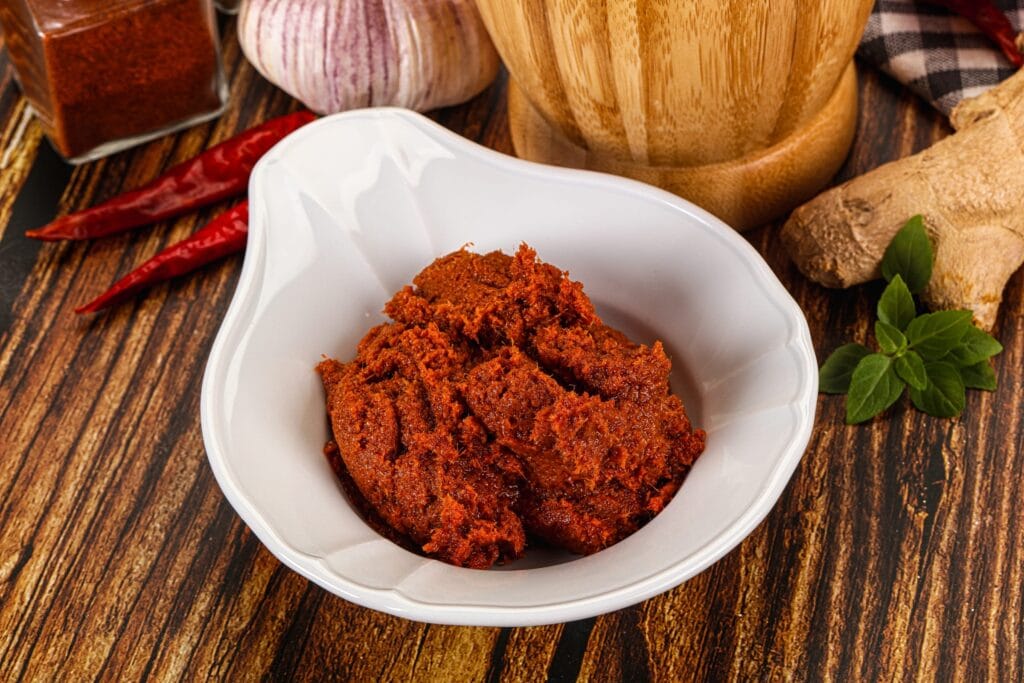
This tiny green citrus fruit is the Philippines’ answer to lime. Calamansi provides a bright, floral acidity that cuts through rich dishes. Serious Eats lists calamansi alongside vinegar, soy sauce and fish sauce as key sour elements used to balance Filipino dishes. Freshly squeezed calamansi juice is drizzled over noodles and grilled meats, mixed with soy or fish sauce for dipping, and added to marinades to tenderise meat. It even brightens drinks and desserts.
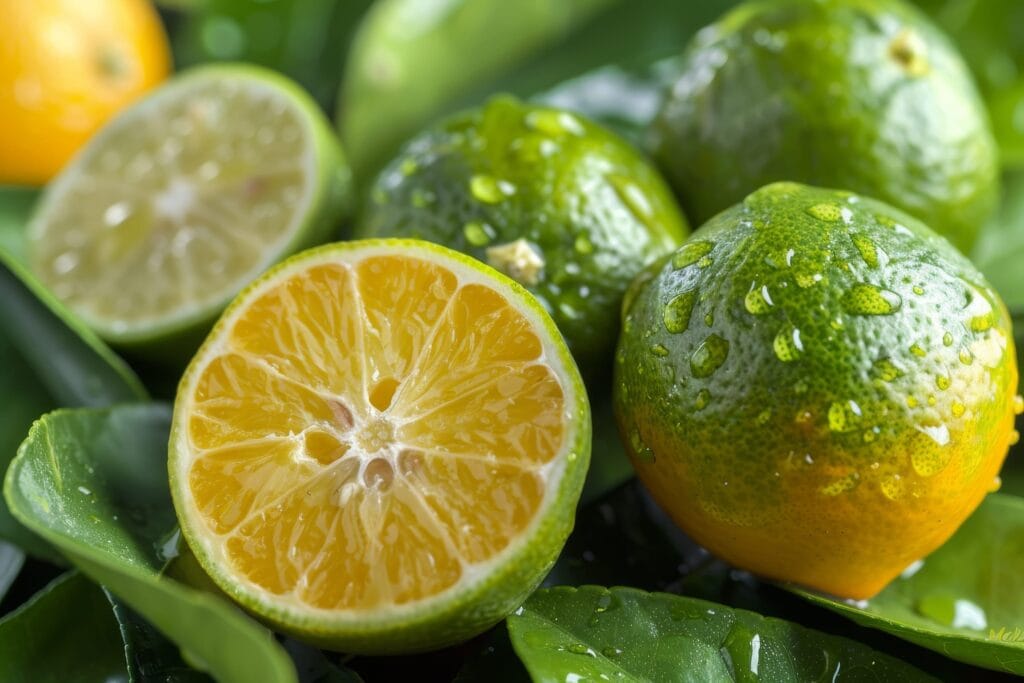
Few ingredients scream “tropical” quite like coconut milk. Made from grated mature coconuts, gata is ubiquitous in Filipino kitchens. It’s used not only in soups, stews and savoury meat dishes but is also a mainstay in traditional dessertsroxassigmaagri.com. Dishes suffixed with “ginataan”—such as ginataang gulay (vegetable stew) or ginataang hipon (shrimp stew)—are simmered in coconut milk. Gata enriches Bicol Express, a pork stew with chillies and shrimp paste, and even finds its way into adobo variations to create a creamier sauce. Because coconut trees abound, coconut milk is easily made fresh at home or purchased canned.

If Filipino dishes were a band, garlic and onion would be the rhythm section. Most savoury recipes start by sautéing these aromatics in oil to build depth. Even sautéed shrimp paste begins with frying aromatics like garlic, onion and chiles. Golden‑brown garlic imparts a nutty sweetness while onions provide sweetness and body. Filipino fried rice (sinangag) is loaded with garlic, and pork adobo relies on heaps of crushed cloves. Raw onion is also used in sawsawan to add crunch and mild bite.
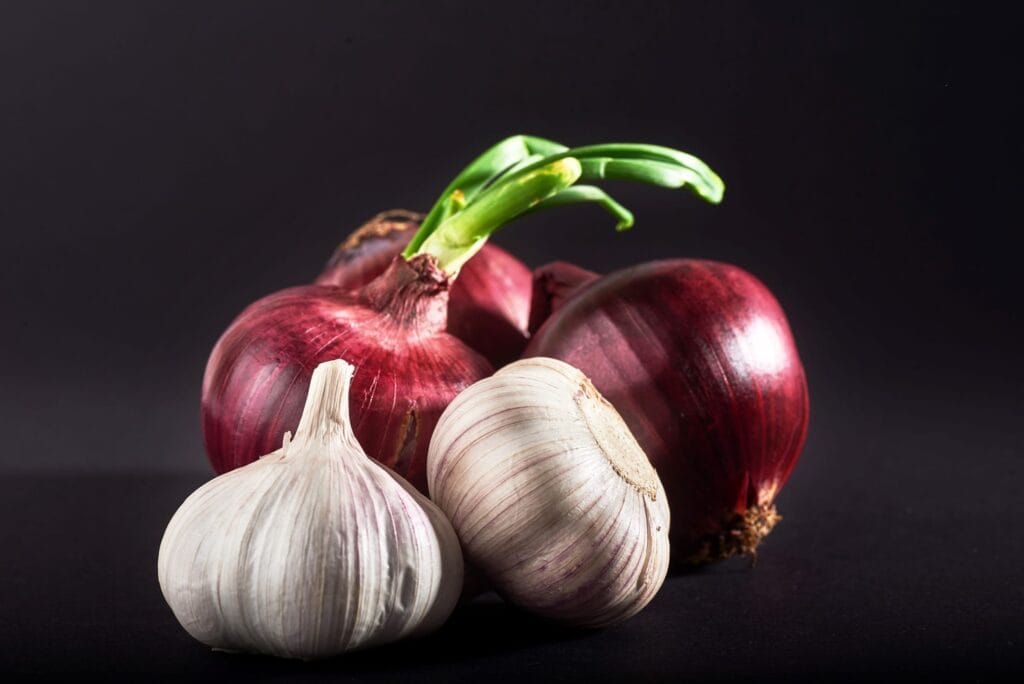
For a fresh, citrusy lift, Filipinos reach for lemongrass. In the Visayan pork soup Linat an, lemongrass is tied into a bundle and simmered with spare ribs, red bell pepper and taro; the herb “plays a great role in enhancing the flavour of this dish”. Lemongrass is also famously stuffed inside lechon manok (spit‑roasted chicken), giving the meat a fresh, citrusy, ginger‑like aroma. It pairs well with ginger and garlic and shows up in tinola and other soups across the archipelago.
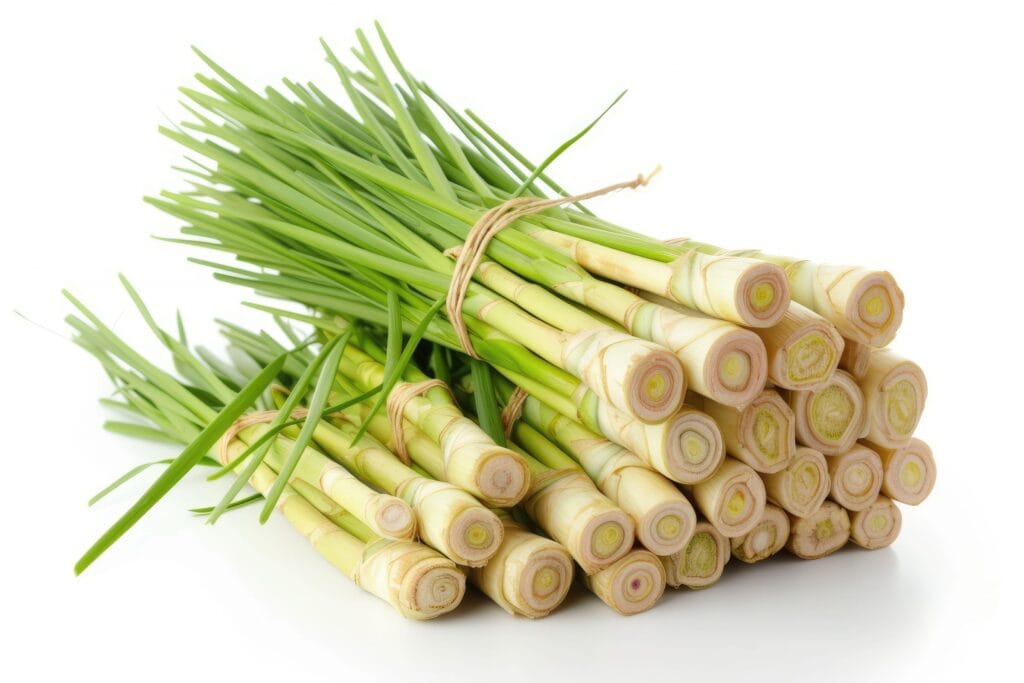
More colour than spice, annatto seeds, known locally as achuete, lend a yellow‑orange hue to stews like kare‑kare and annatto oil. Tasting Table notes that achuete powder is preferred over whole seeds and that the spice “adds yellow‑orange colour to dishes like kare kare”. Its flavour is subtle and variously described as earthy, floral, peppery or slightly sweet. A small pinch goes a long way; too much can make food bitter. When bloomed in oil, annatto seeds infuse both colour and a gentle nuttiness.
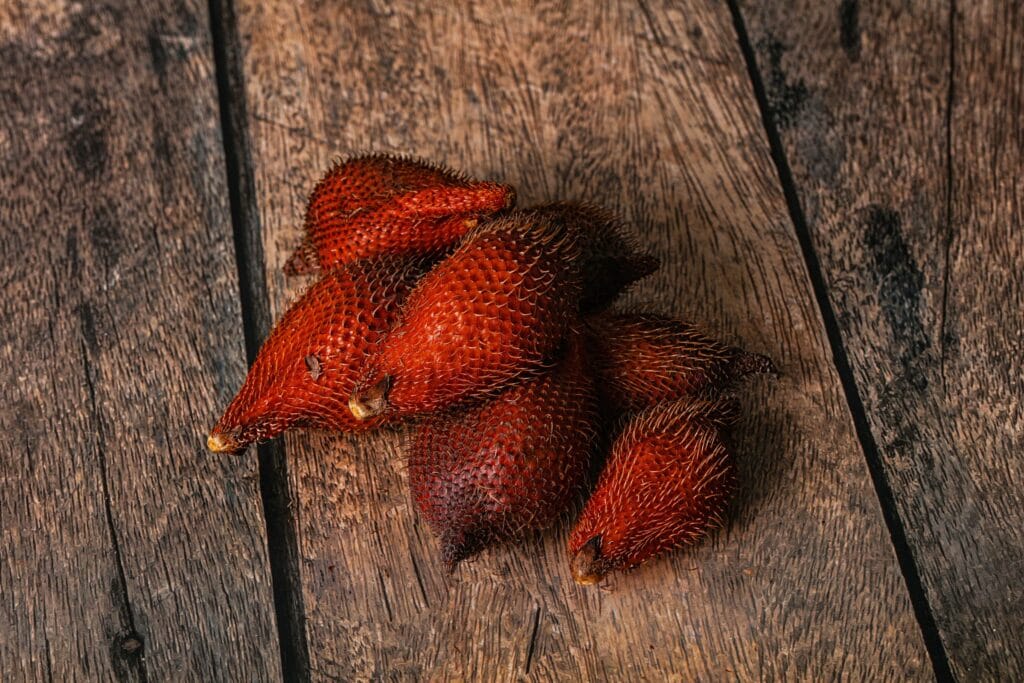
Many Filipino dishes balance saltiness with a touch of sweetness and heat. Muscovado or brown sugar is often added to marinades and braises to temper salty flavours. For example, lechon manok’s flavourful mix may include garlic, bay leaves, onions, black pepper, soy sauce and fish sauce, with a little brown sugar added for subtle sweetness. Black pepper provides a mild heat that rounds out the taste. Together they prove that Filipino savouriness isn’t one‑dimensional—it’s layered with sweet and spicy notes.
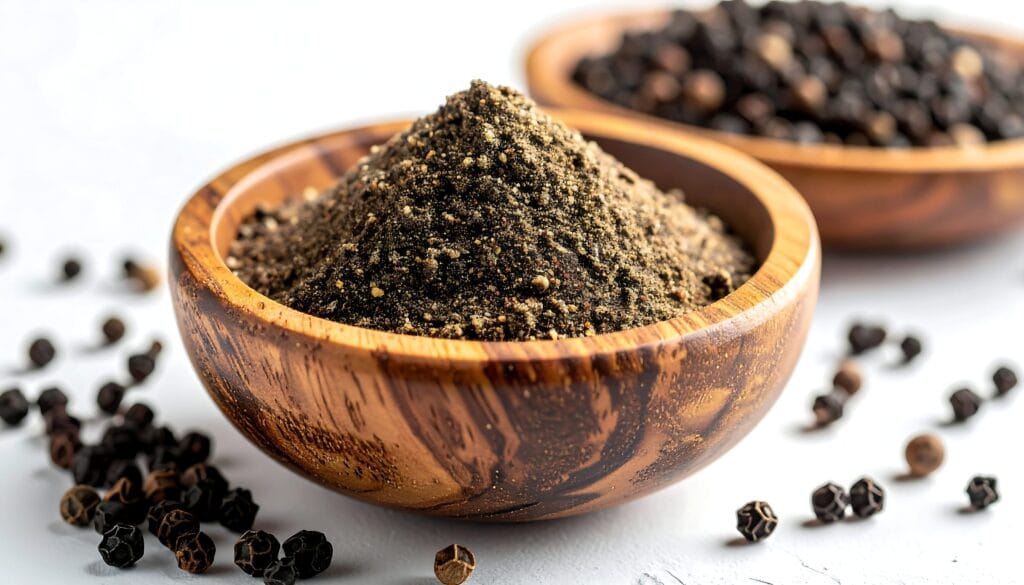
The magic of Filipino food lies not in one secret ingredient but in the way simple pantry staples are layered together. Salty soy sauce and fish sauce mingle with bright vinegar and calamansi, while creamy coconut milk and funky fermented pastes add depth. Aromatics like garlic, onion and lemongrass build a fragrant foundation, and annatto seeds and sugar finish the dish with colour and balance. Stock these ten ingredients in your pantry and you’ll be ready to cook—and customise—flavourful Filipino dishes that hit every note on the taste spectrum. You can check more of our food posts here.